




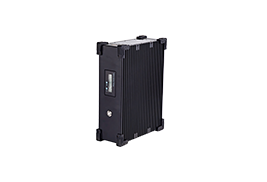
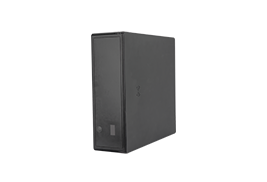
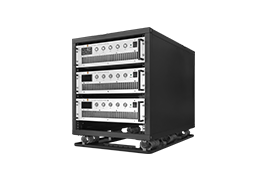
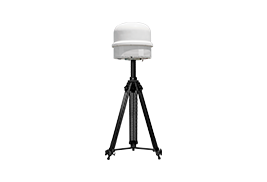
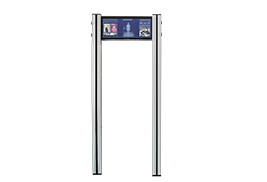
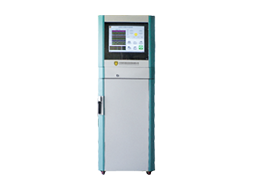


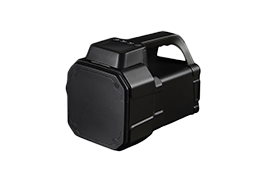
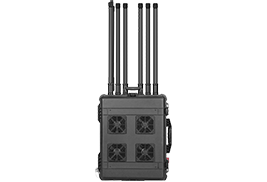
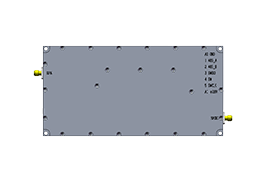
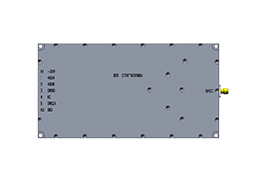
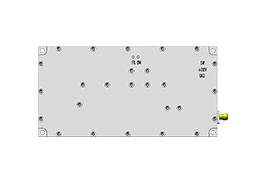
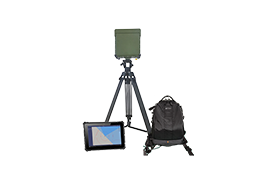

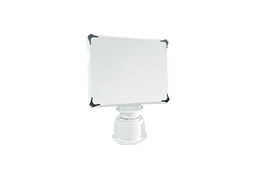
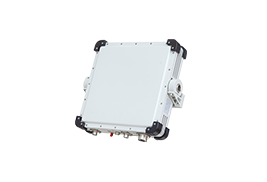



 X
X







 GLOBAL / ENGLISH
GLOBAL / ENGLISH

10.1 Transmitter Dynamic Range
The dynamic range of a transmitter represents the maximum and minimum transmission power achievable without compromising other transmission metrics. Here, "without compromising other transmission metrics" is a broad concept. Primarily, it means maintaining the linearity of the transmitter at maximum power and ensuring the signal-to-noise ratio (SNR) of the output signal at minimum power.
At maximum transmission power, the transmitter output often approaches the nonlinear region of the active devices (especially the final amplifier stage). Common nonlinear manifestations include spectral leakage and regeneration (ACLR/ACPR/SEM), as well as modulation errors (Phase Error/EVM). In such cases, the primary concern is the linearity of the transmitter.
At minimum transmission power, the useful signal output of the transmitter is close to the noise floor, risking being "drowned out" by the transmitter's noise. Thus, it is crucial to ensure the SNR of the output signal is as high as possible, meaning the noise floor of the transmitter should be as low as possible.
In one lab scenario, an engineer found that as the output power decreased, the ACLR worsened (normally, ACLR should improve as output power decreases). Initially suspecting an instrument malfunction, the results remained the same even after changing the instrument. We suggested testing the EVM at low output power, which revealed poor EVM performance. We deduced that the RF link's noise floor at the input was very high, leading to poor SNR and resulting in ACLR's primary component being the baseband noise amplified through the amplifier chain, rather than the amplifier's spectral regeneration.
10.2 Receiver Dynamic Range
The receiver's dynamic range is related to two previously discussed metrics: reference sensitivity and the receiver's IIP3 (third-order intercept point).
Reference sensitivity essentially represents the minimum signal strength the receiver can recognize, which we won't elaborate on here. Instead, we will discuss the maximum reception level of the receiver.
The maximum reception level refers to the highest signal the receiver can handle without distortion. Such distortion can occur at any stage of the receiver, from the front-end LNA (low-noise amplifier) to the ADC (analog-to-digital converter). For the front-end LNA, the only solution is to maximize IIP3 to withstand higher input power. For subsequent stages, the receiver employs AGC (automatic gain control) to ensure the useful signal remains within the input dynamic range of each stage. In simple terms, this involves a feedback loop: detect the received signal strength (too low/high) - adjust the amplifier gain (increase/decrease) - ensure the amplifier output remains within the input dynamic range of the next stage.
An exception here is that most mobile phone receivers' front-end LNAs come with AGC functionality. Studying their datasheets, you will find that these LNAs offer several variable gain stages, each with a corresponding noise figure. Generally, higher gain results in a lower noise figure. This simplified design aims to keep the useful signal entering the receiver ADC within the dynamic range while maintaining the SNR above the demodulation threshold (the goal is "good enough" rather than "as high as possible"). Thus, when the input signal is large, the LNA reduces gain, sacrificing NF but increasing IIP3; when the input signal is small, the LNA increases gain, reducing NF but lowering IIP3.
10.3 Modulation Spectrum and Switching Spectrum
In the GSM system, the modulation spectrum and switching spectrum play roles similar to ACLR (Adjacent Channel Leakage Ratio), but their measurement bandwidth is not the occupied bandwidth of the GSM signal.
By definition, the modulation spectrum measures interference between synchronized systems, while the switching spectrum measures interference between unsynchronized systems (if not gated, the switching spectrum typically overwhelms the modulation spectrum). In GSM systems, cells are unsynchronized despite using TDMA technology. In contrast, cells in TD-SCDMA and subsequent TD-LTE systems are synchronized. Due to the lack of synchronization, the rising/falling edge power leakage from cell A can fall into the payload part of cell B. Therefore, the switching spectrum measures the transmitter's interference to adjacent channels. During the 577-microsecond GSM timeslot, the rising/falling edge time is minimal, and most of the time, the payload parts of adjacent cells overlap. Thus, the modulation spectrum can be referenced to assess transmitter interference to adjacent channels.
11. SEM (Spectrum Emission Mask)
SEM is an "in-band metric" used to measure in-band spectral leakage of the transmitter, distinct from spurious emissions, which generally include SEM but focus more on spectral leakage outside the transmitter's operating frequency band from an electromagnetic compatibility (EMC) perspective.
SEM provides a "spectrum template" to check if there are points exceeding the template limits when measuring in-band spectral leakage of the transmitter.
While SEM is related to ACLR, they are not entirely the same. ACLR considers the average power leakage into adjacent channels and measures it over a channel bandwidth, reflecting the transmitter's "noise floor" in adjacent channels. In contrast, SEM captures out-of-band emissions within adjacent frequency bands using a smaller measurement bandwidth (typically 100 kHz to 1 MHz). Through a spectrum analyzer, we often find that spurious points in adjacent channels are generally higher than the ACLR average. Therefore, if the ACLR metric has no margin, SEM is likely to exceed the standard. Conversely, if SEM exceeds the standard, it does not necessarily mean poor ACLR. A common situation is when spurious points include interference from the local oscillator or clock modulation components (often narrow bandwidth, similar to point frequency) in the transmitter path, leading to SEM exceeding the standard even if ACLR is good.












